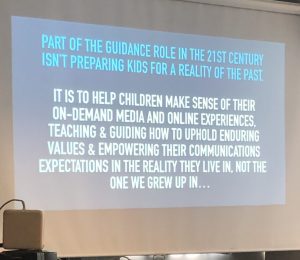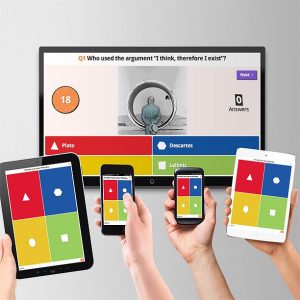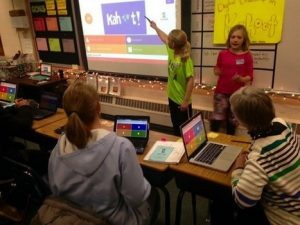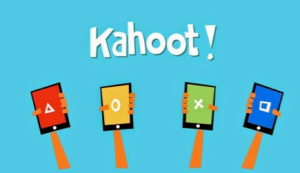Today’s class, we talked about internet and social media. There is a constant evolution around technology and students challenge what you know. As such, “We shape our tools and thereafter, our tools shape us” ( John Culkin).

(photo from Jesse Millers PowerPoint Presentation)
The more discussion around these and the more comparisons between the evolution of social media and internet interfaces, the better we can educate our classrooms and support children. The conversation is the learning journey and therefore is important as social media impacts us all. It is also valuable to evaluate both the positives and the negatives around social media and how this is constantly shifting and we as teachers need to understand and know how to gauge this constant advancement in support of learning.
Although we all know nothing gets deleted on social media, I learned something new around online surfaces. Particularly SnapChat, SnapChat stores data and that data is used for resources. For example, it evaluates not just your selfie but the other elements of the photo. Therefore, if they Nike was to ask snapchat for data they could look and find out how well Nike is doing vs Adidas in a certain region based on snap chat data. This is interesting as this is the way social media can make their money, since Facebook, Instagram, Snapchat etc are all free to use. Without this and their numerous privacy pages you sign, the company would have no way to make money as we as users do not pay per use.
In the second part of our class today, we worked closely with iMovie. I have worked with iMovie before, but never with the green screen option. Therefore below you will see my first video. In regards to video editing and production, I think there can be many benefits but there can also be some cons as well. The following link addresses some pros and cons of video learning
In summary, here are some that really stood out for me.
Cons
- Videos no matter how private if posted online may still be searchable, therefore privacy may be a concern
- Not all students may have access to the softwares/their own computer.
- Editing videos may not be of interest to everyone and the learning may be lost in this part of the process (especially at a young age)
Pros
- Can use diverse systems and styles of video to create videos to support learning
- Can allow students to be creative
- Can help students with communication skills
- Allows information to be widely shared
- Videos can be a collaborative or individualized project
Here is my first green screen video! Hope you enjoy the chicken’s who got away!

 photo from:
photo from: 



Recent Comments